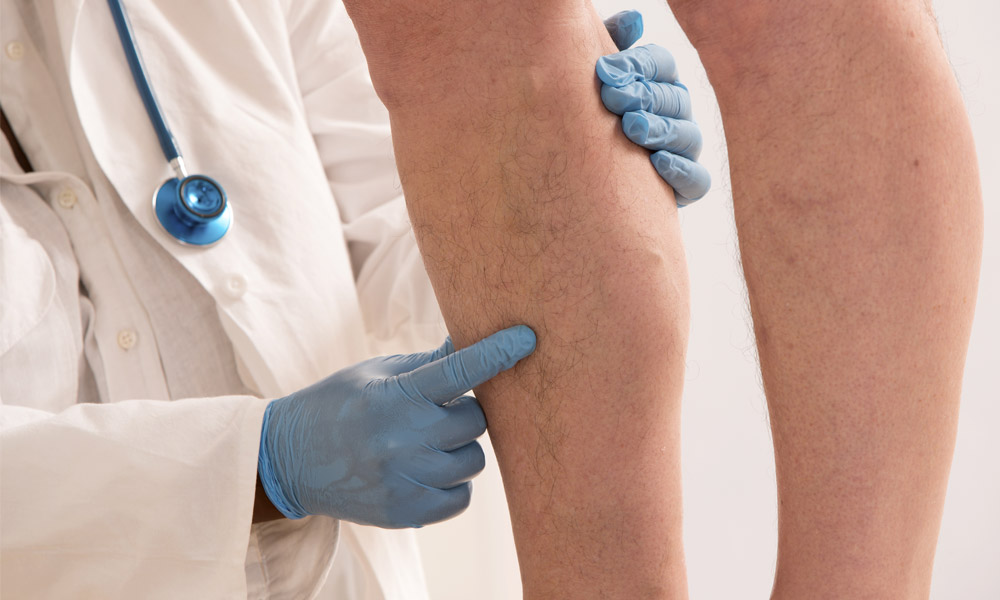
Peripheral Artery Disease (PAD) occurs when fatty deposits build up on the walls of blood vessels causing them to narrow and restrict blood flow, especially in your legs and feet. Since narrowing and buildup of the arteries can occur in all arteries in the body, people diagnosed with Peripheral Artery Disease are also at high risk of heart attack and stroke. If you suspect you may have PAD, it’s important to discuss this with your doctor so they can take immediate steps to treat your symptoms and ultimately prevent limb amputation, and other serious complications including heart attack and stroke.
How is Peripheral Artery Disease Diagnosed?
If a patient is suspected to be suffering symptoms of PAD, the doctor will initially check the patients’ legs. However, there are several ways to diagnose PAD.
- Ankle-brachial index–A test that compares the blood pressure in the ankle with the blood pressure in the arm, which is the most common test for PAD.
- Doppler and ultrasound imaging– a non-invasive method that pictures the artery with sound waves and measures the blood flow in an artery to locate the presence of a narrow passage.
- Blood tests– to support other imaging tests by checking cholesterol, homocysteine, and C-reactive protein levels.
- Computed tomographic angiography (CT)– another non-invasive method that images the arteries in the patient’s abdomen, pelvis, and legs.
- Magnetic Resonance Angiography (MRA)– provides a similar outcome to that generated by a CT scan, without the X-rays.
- Angiography– During an angiogram, a contrast agent is injected into the artery and X-rays are taken to show blood flow and to indicate any blockages in the arteries.
How can we treat peripheral artery disease?
The American College of Cardiology Foundation and the American Heart Foundation (ACCF/AHA) recommend the following to manage and treat Peripheral Artery Disease:
Regular physical activity – Your doctor will often recommend a supervised exercise training program. This is commonly the most effective treatment. Slow walking, low impact leg exercises and an exercise regime that can be executed on a treadmill a few times a week can show a decrease in symptoms in just 4-8 weeks.
Diet changes and adjustments – Increase cholesterol levels are common in people diagnosed with PAD. A diet low in saturated fat, trans fat, and cholesterol, as well as plenty of fresh fruit and vegetables, can assist with lowering blood cholesterol levels.
Smoking cessation – A huge catalyst which increases the risk of PAD, heart attack, and stroke is tobacco smoke. Smokers increase their risk of developing PAD by four times than nonsmokers. Quitting smoking will slow the progression of PAD and other heart-related diseases.
Some medications – To lower cholesterol levels, your doctor may prescribe antihypertensive drugs as well as statins. Patients with claudication may be given Cilostazol and pentoxifylline.
Minimally-Invasive Procedure – If the treatments mentioned above do not assist in the cease of symptoms, your doctor may suggest an atherectomy, which is the surgical unblocking or repair of a blood vessel.
Before your situation becomes irreversible, it is crucial to monitor your symptoms and in the case you suspect you may have PAD, speak with your doctor immediately.
Could you have PAD? Take our quiz to find out! Follow this link- https://go.myvascular.com/vascular-disease-survey-az
